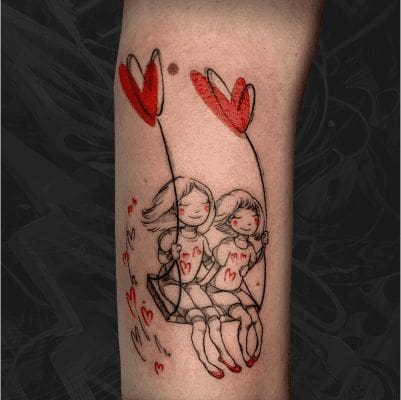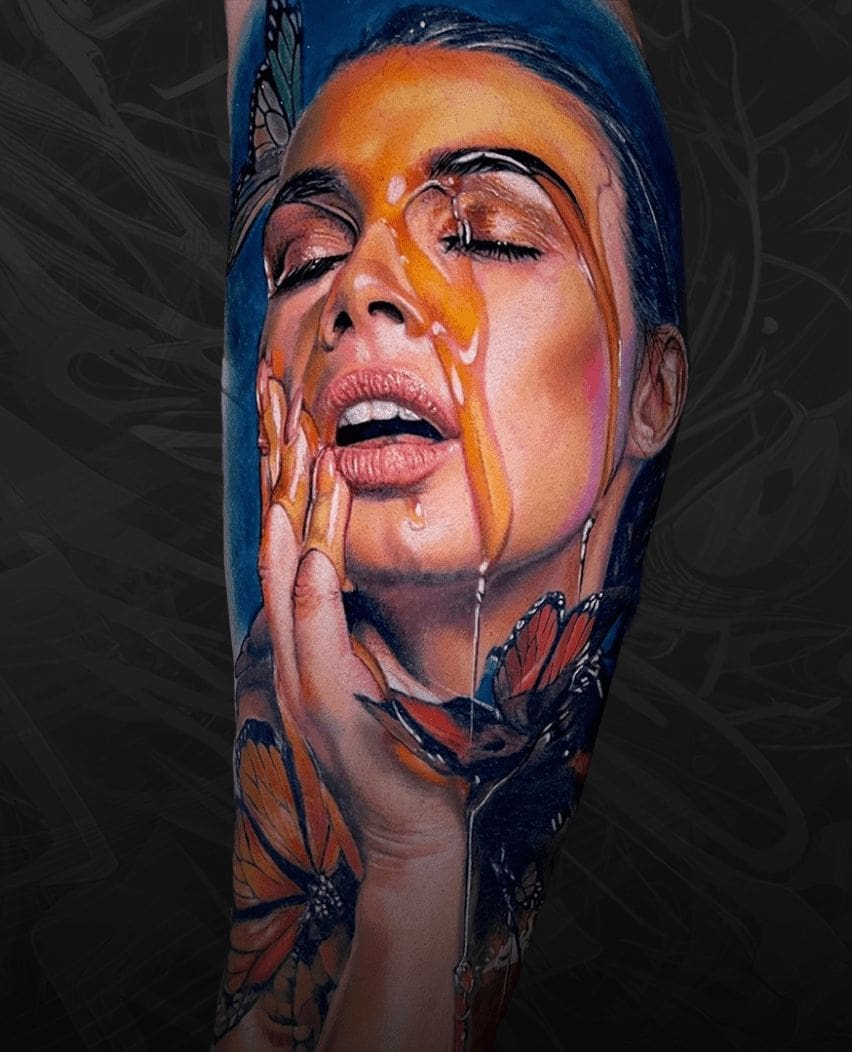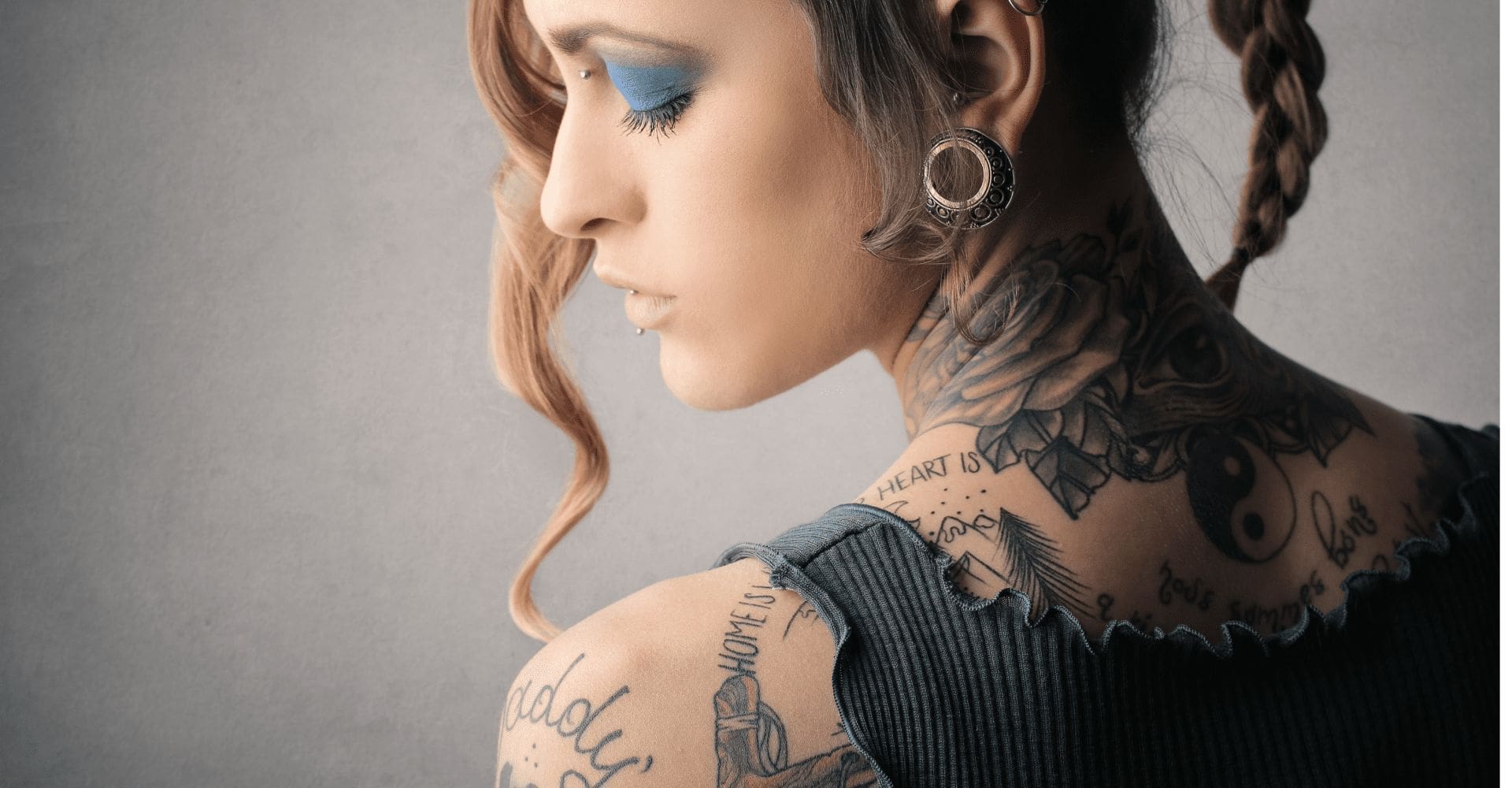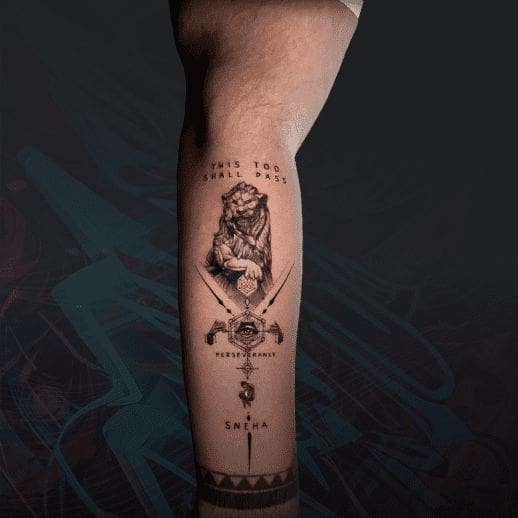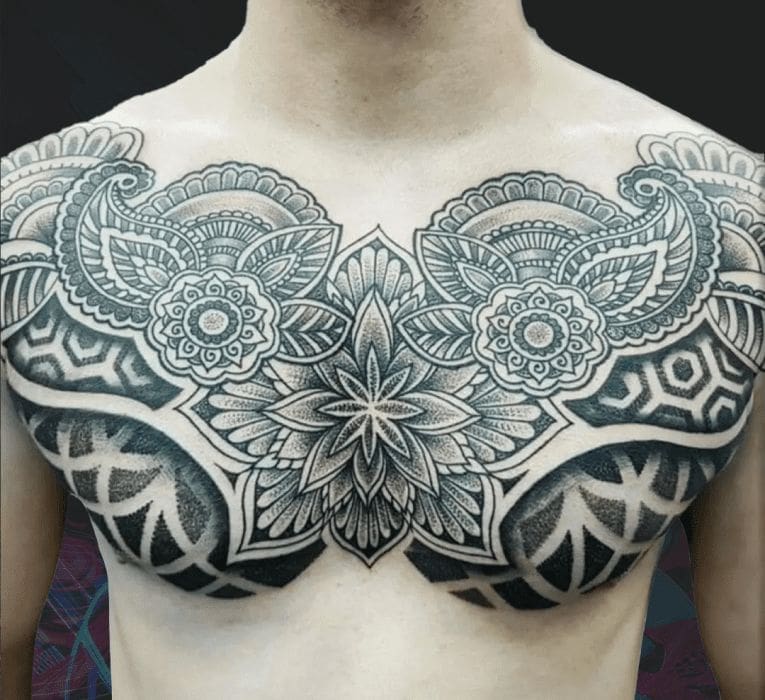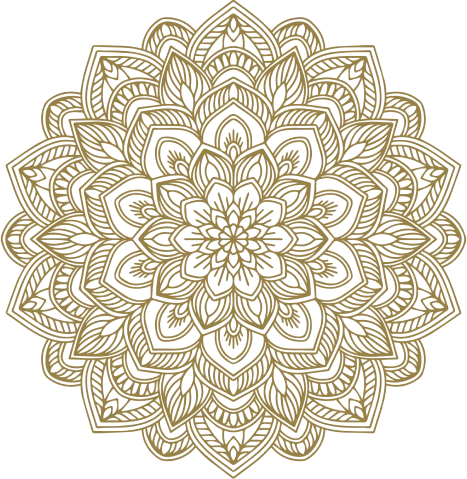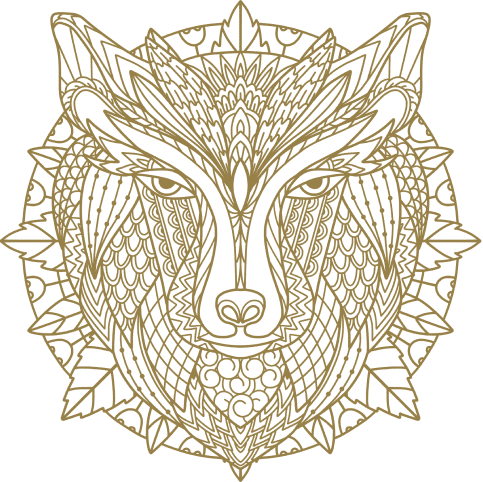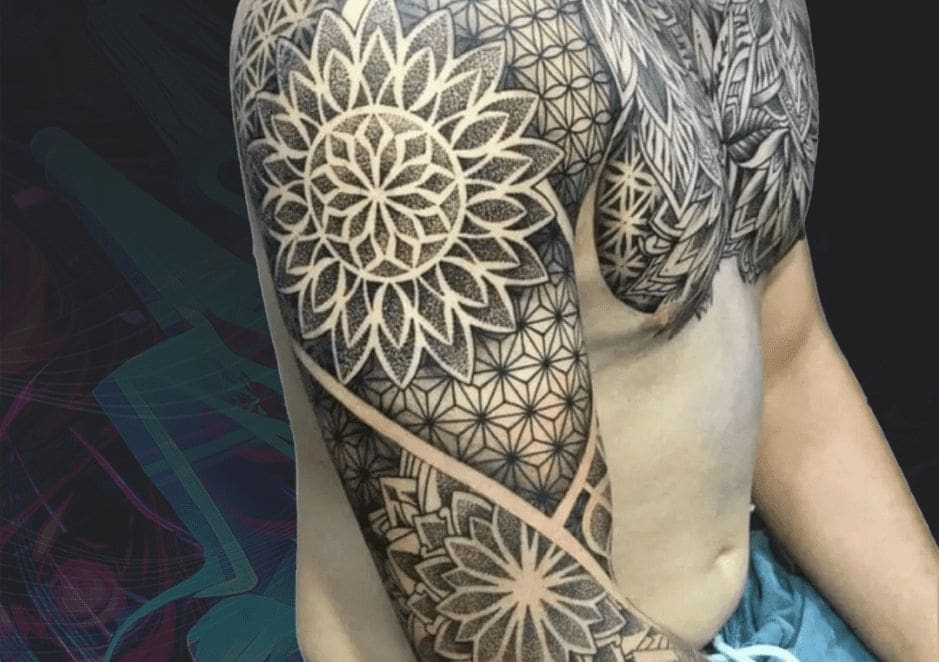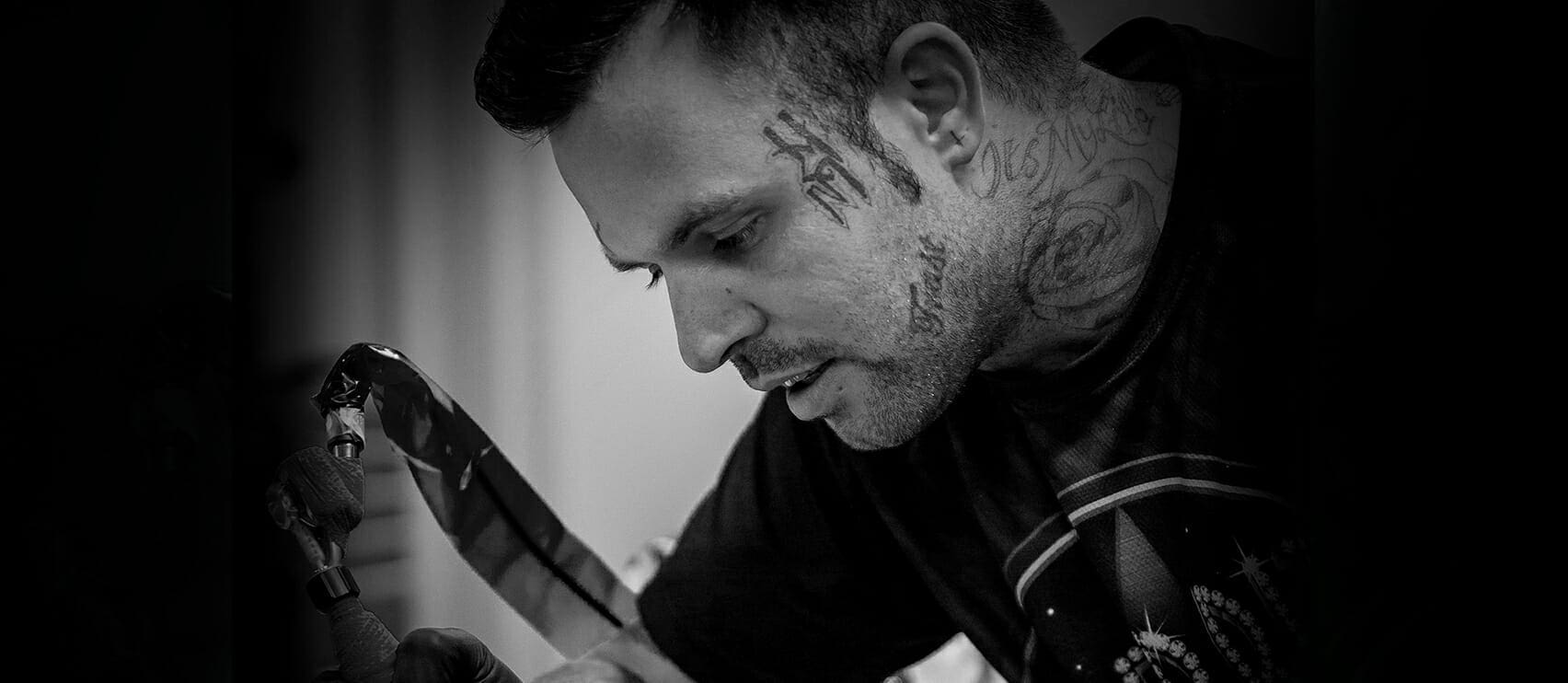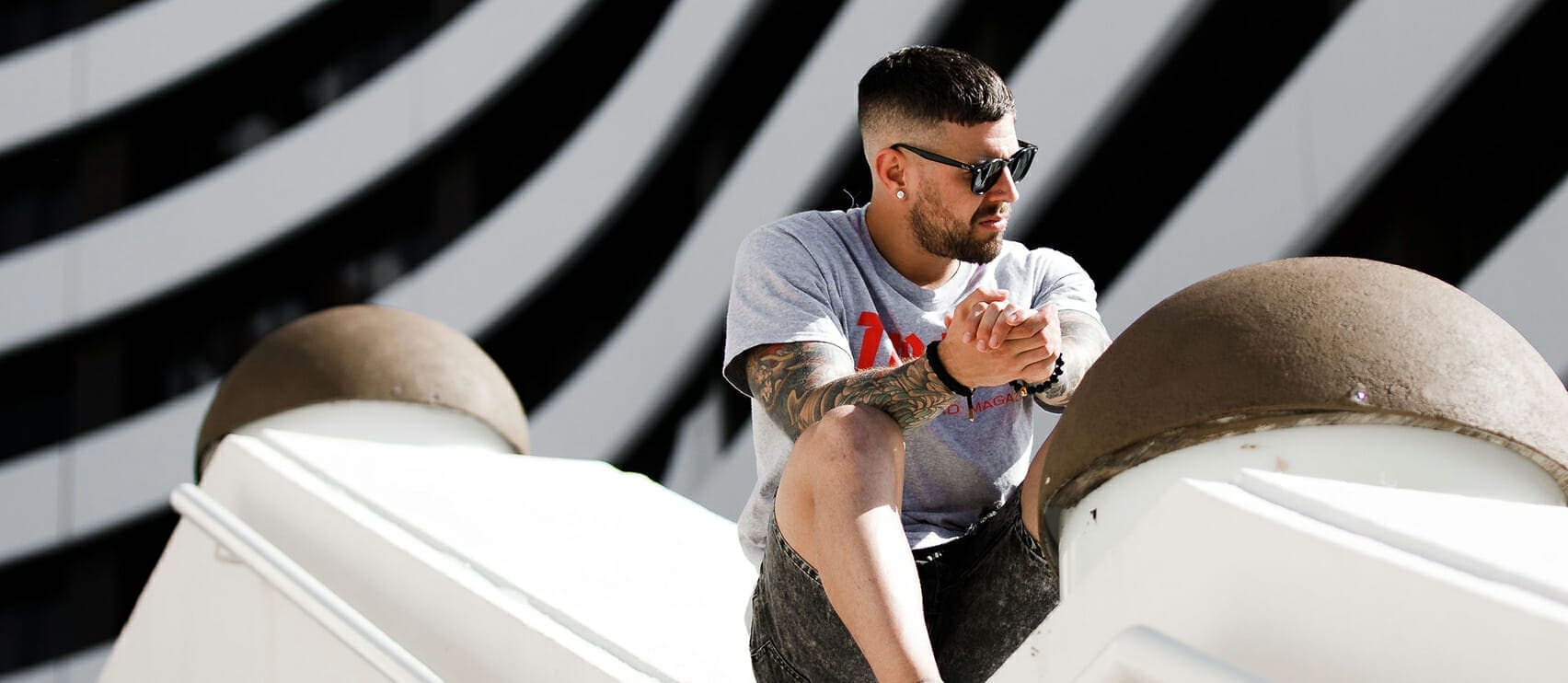Ink It Now, Pay Later With Afterpay

Ink It Now, Pay Later With Afterpay













Ink It Now, Pay Later With Afterpay













Ink It Now, Pay Later With Afterpay













Ink It Now, Pay Later With Afterpay













Ink It Now, Pay Later With Afterpay













Ink It Now, Pay Later With Afterpay













Ink It Now, Pay Later With Afterpay













Ink It Now, Pay Later With Afterpay













Ink It Now, Pay Later With Afterpay













Ink It Now, Pay Later With Afterpay













Ink It Now, Pay Later With Afterpay














